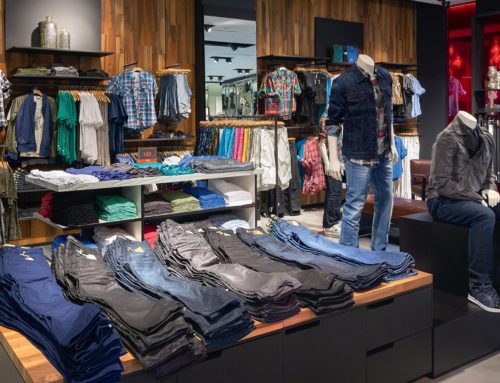The fashion industry, which experienced robust growth from early 2021 to mid-2022, is now facing challenges due to hyperinflation and depressed customer sentiments, resulting in declining growth rates. This slowdown is expected to continue through 2023. The luxury sector is anticipated to outperform the rest of the industry, driven by wealthy shoppers’ continued spending, particularly in China and the United States. However, the overall fashion market, excluding luxury, is projected to struggle with slow sales growth, especially in Europe. Inflation and geopolitical tensions are impacting consumer demand and brands’ operating costs. Fashion companies are advised to adapt their strategies and operations to weather the upcoming storm.
According to the BoF-McKinsey State of Fashion 2023 Survey, one strategy is Assortment Planning; 58 percent of fashion executives said Assortment Planning is a key area for their expanded use of data and analytics.
What is new in Retail?
Gen Alpha, the under-17 children of millennials and Gen Zers, is rapidly maturing and displaying different consumer behaviors compared to previous generations. The study by Razorfish found that Gen Alpha is more focused on adult-oriented brands rather than “kiddie brands,” showing an interest in technology and mental health support. They value having the latest technology and see gaming as a means of expressing creativity or building things. Brands need to anticipate and plan for the preferences of this tech-savvy and purpose-driven generation, which is expected to reach 2.2 billion by 2024.
To stay competitive, retailers must embrace innovation to meet rising customer expectations for CX. However, budget and resource constraints require wise investment in technology that truly benefits their business, whether in CX, revenue generation, cost savings, or efficiency. A recent survey of retail executives and technology decision-makers revealed that order and inventory management systems are top priorities for investment. While technology spending by retailers has plateaued compared to previous years, half of the respondents plan to keep their tech spending flat, possibly due to economic uncertainties and inflationary pressures.









